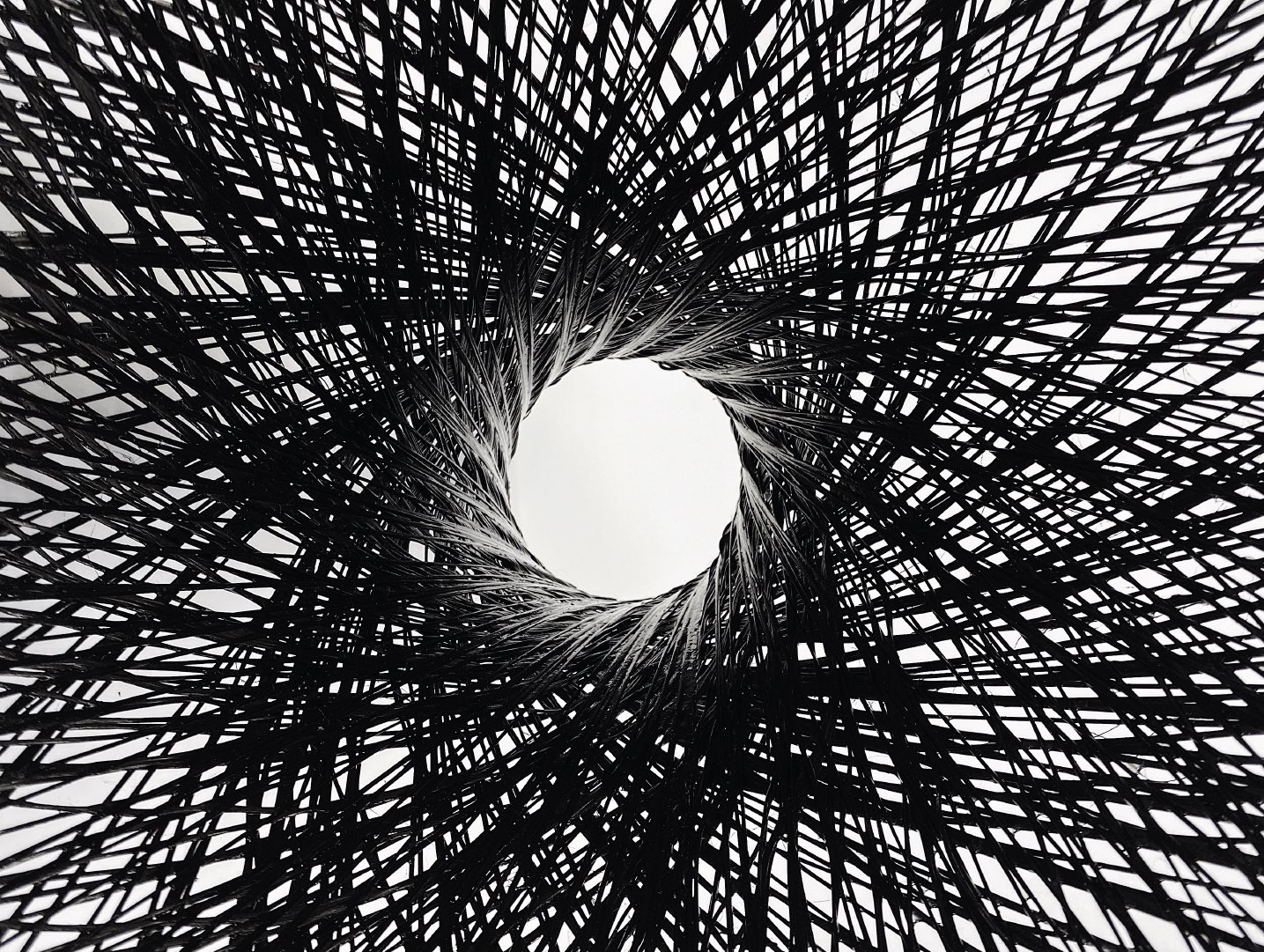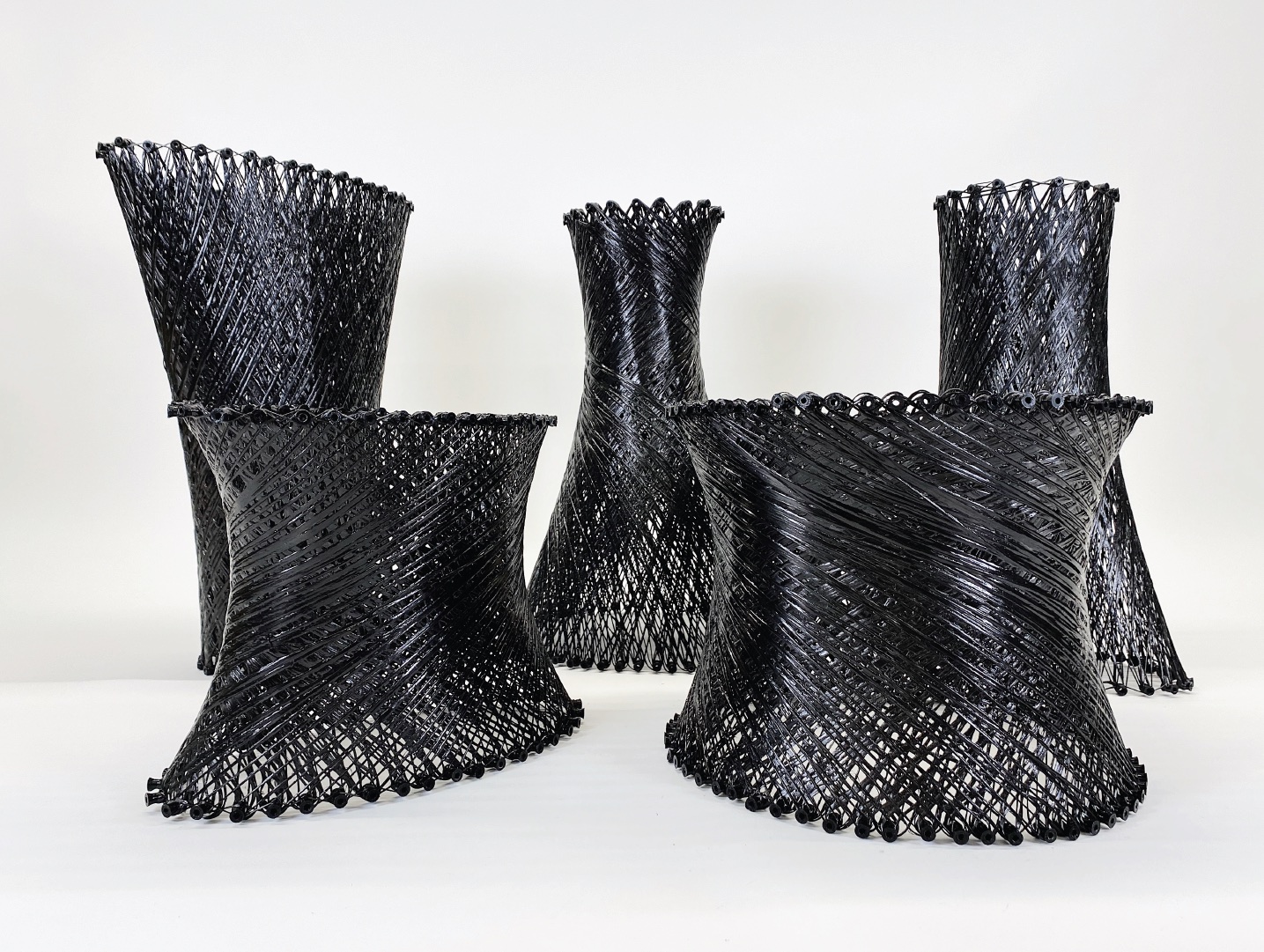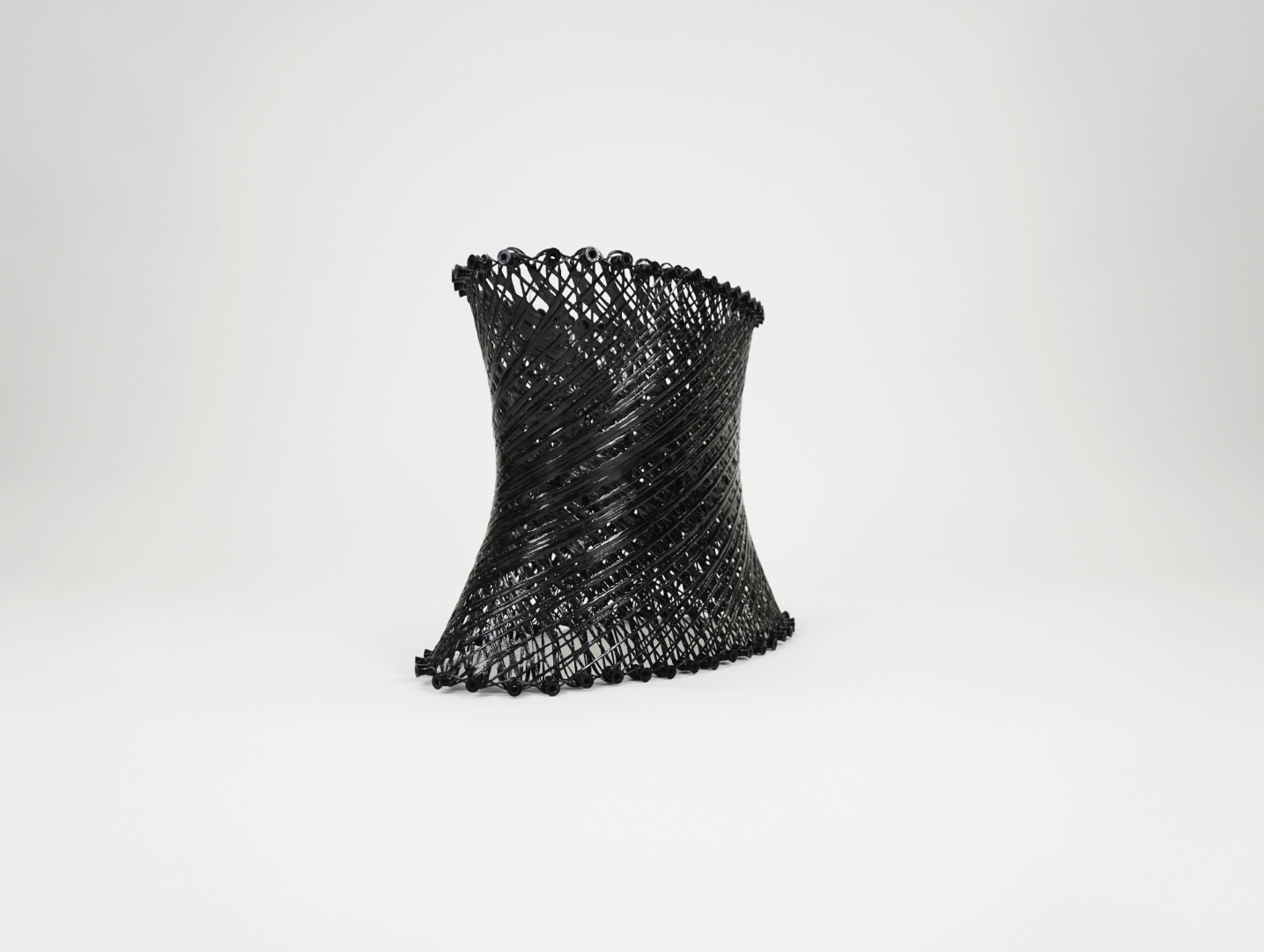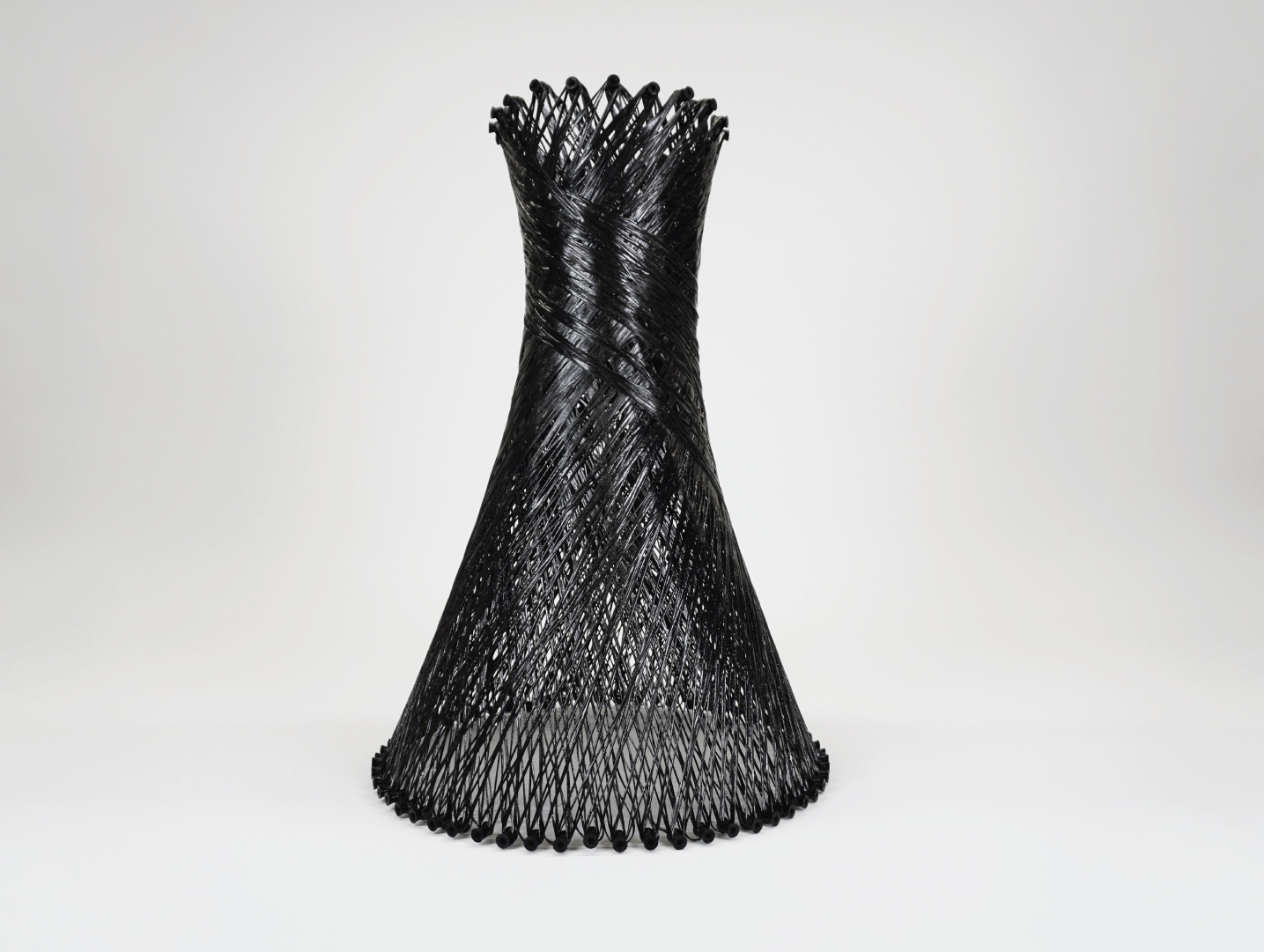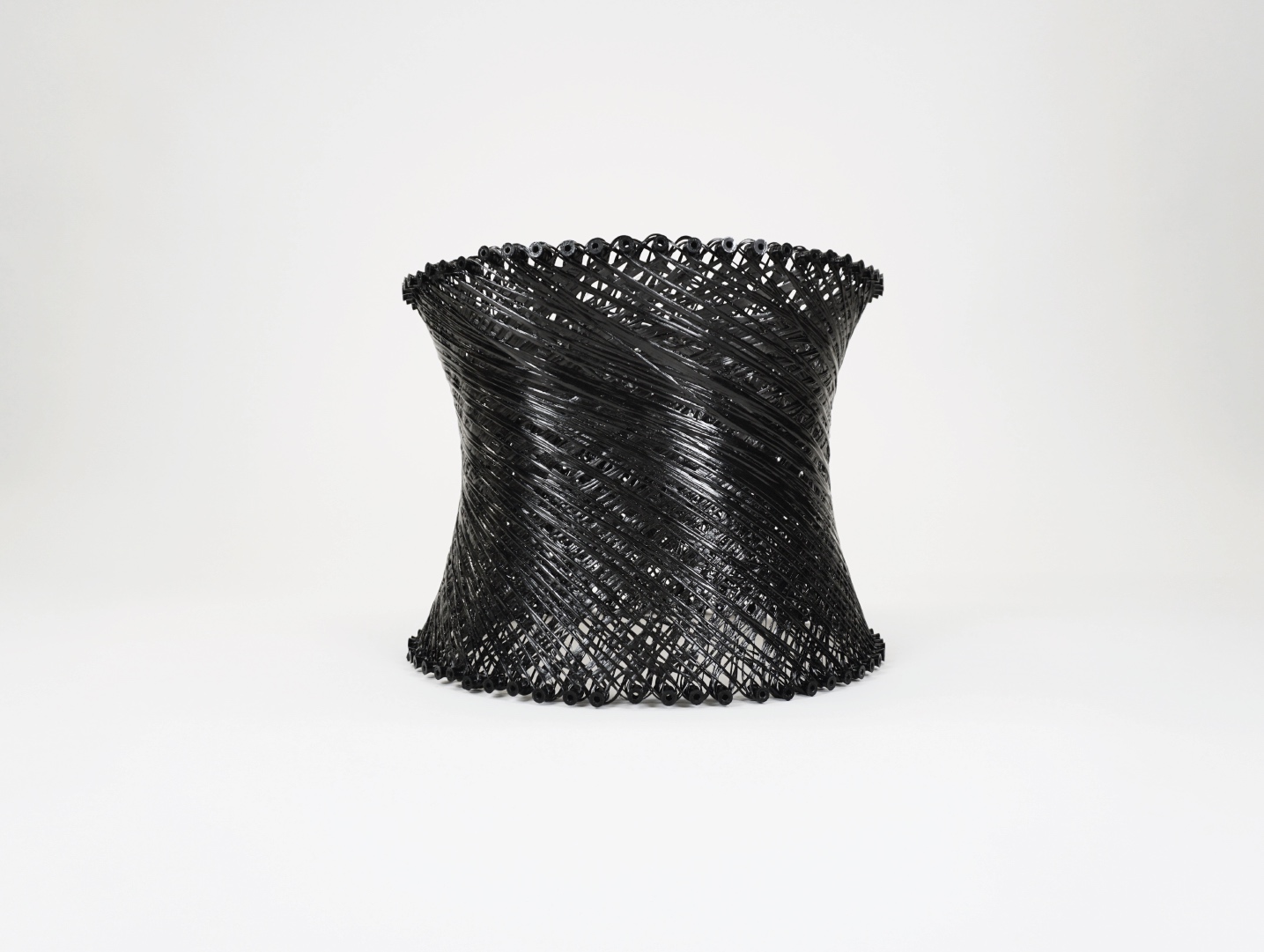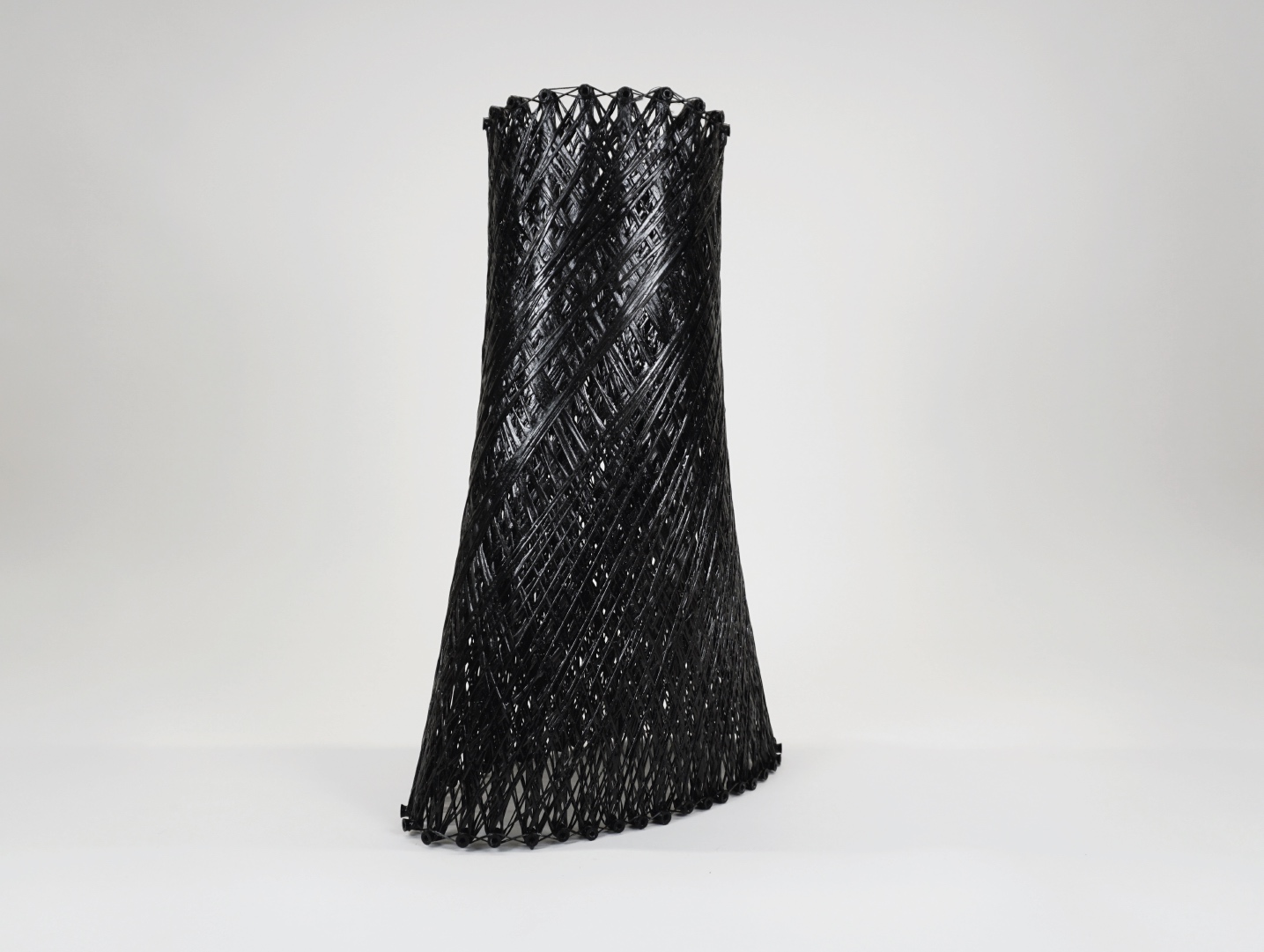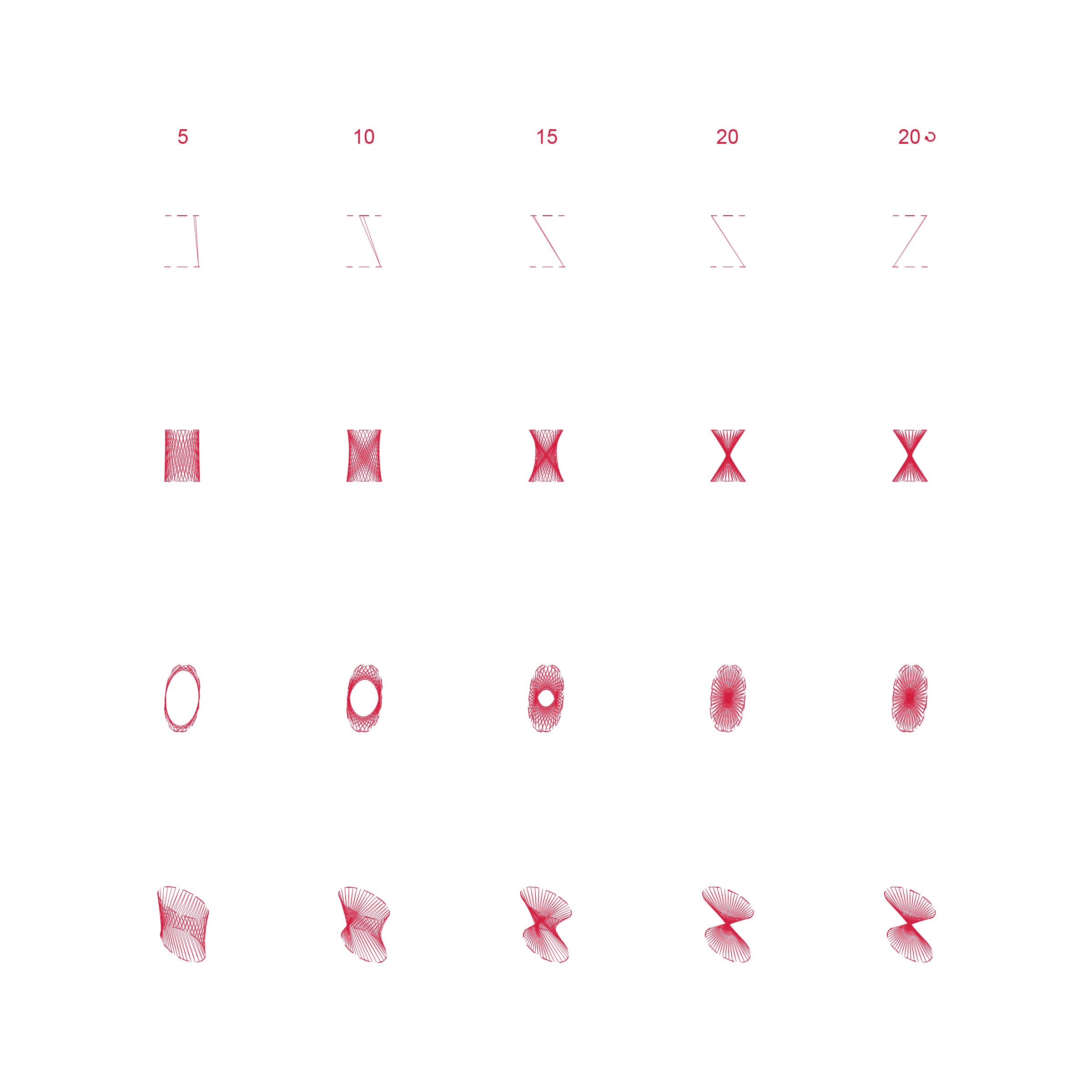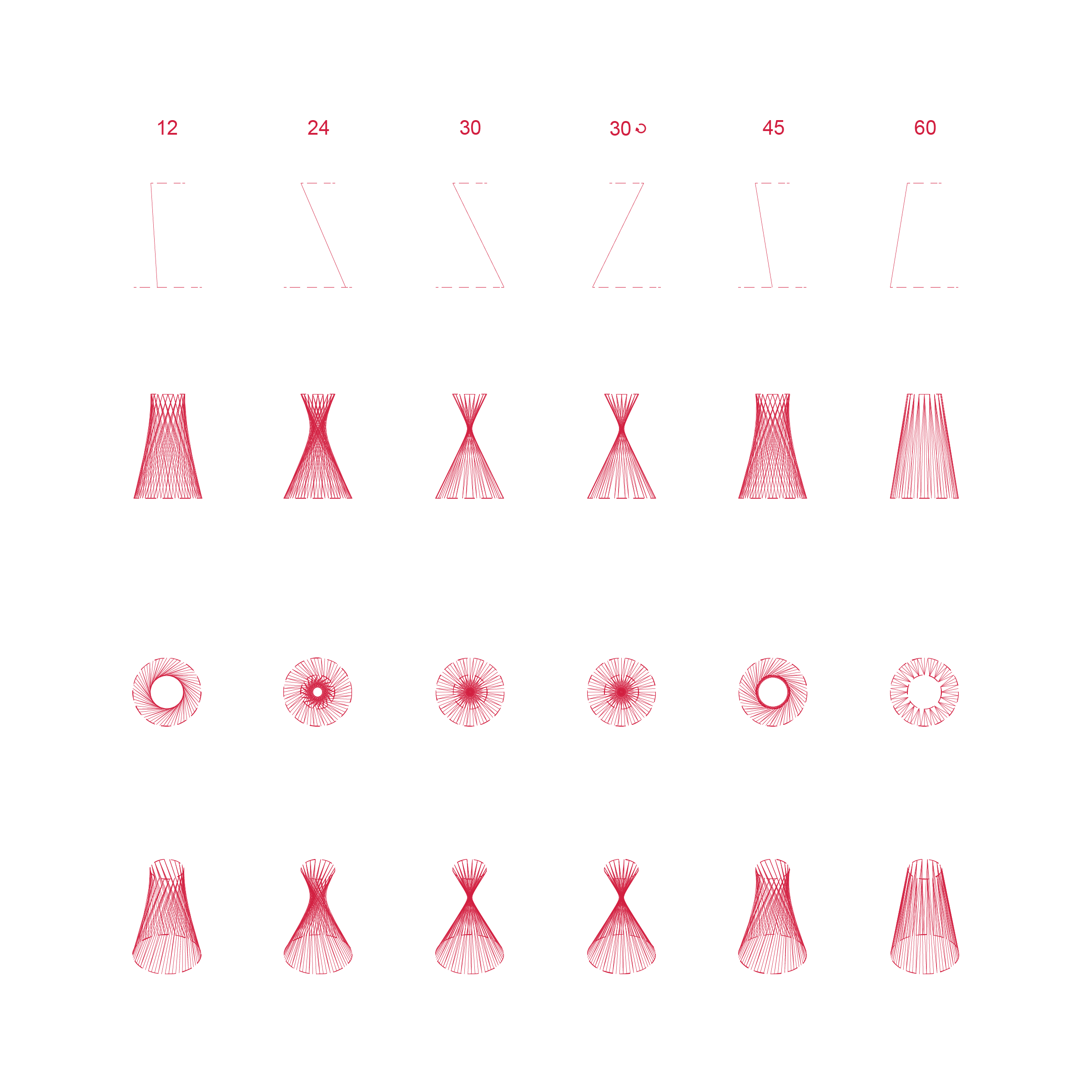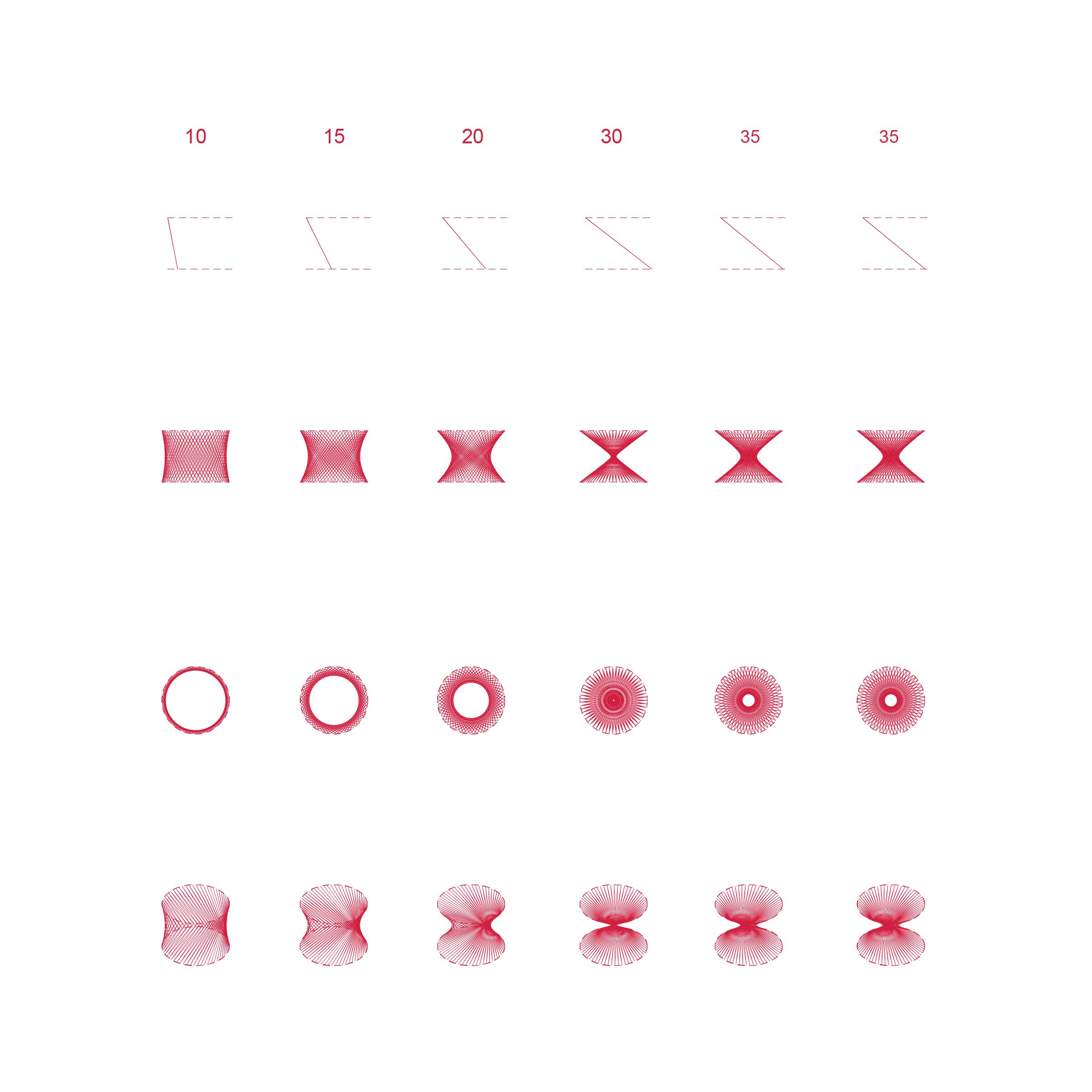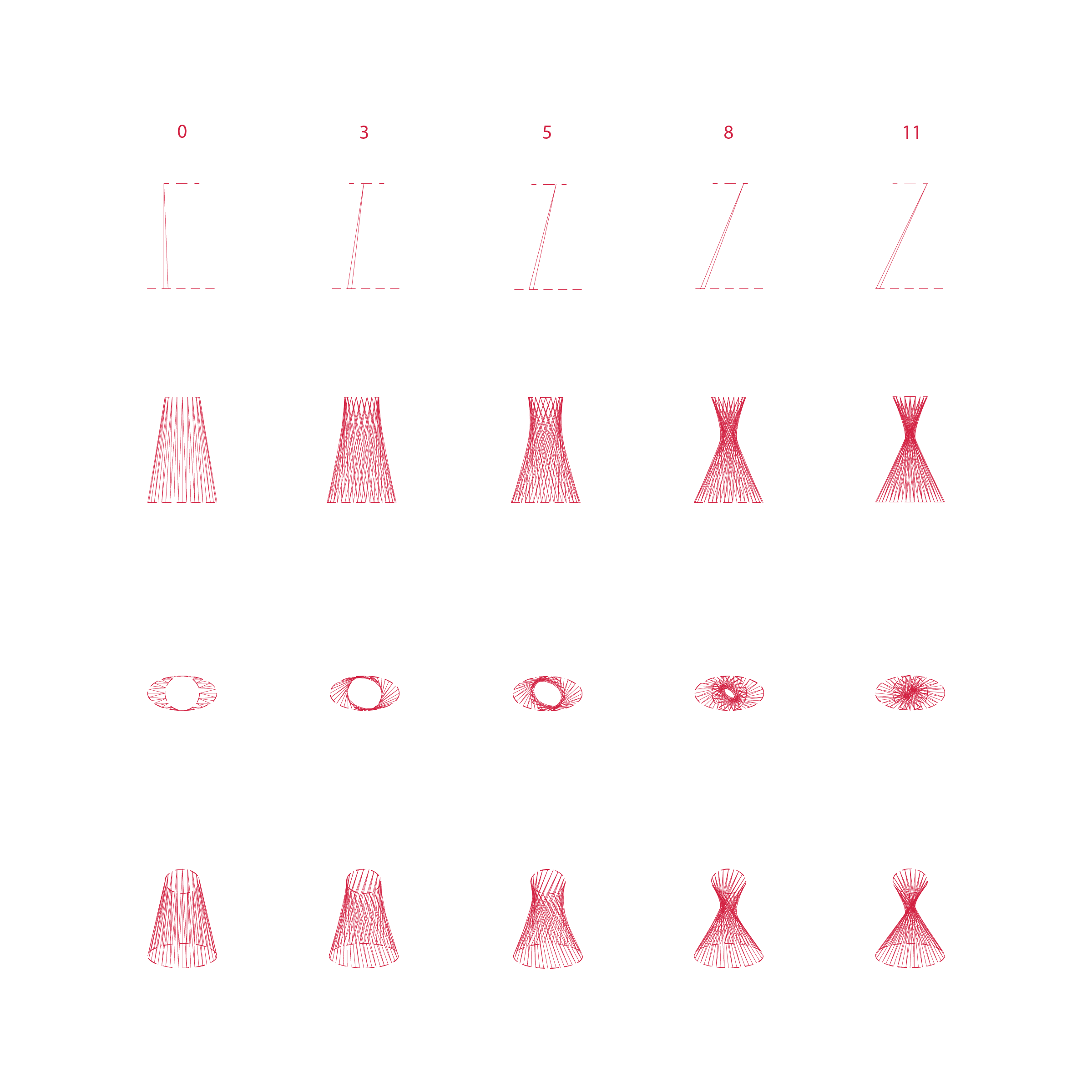Fibrous Tectonics
Form-Active Surfaces
Project Description
Fibrous Tectonics: Form-Active Surfaces, focuses on the investigation of structural surfaces through fibre based design techniques with the intent to generate responsive architectural elements specific to fluid environments. Through the development of tested methods and emerging fibrous-composite material applications within the discipline of architecture, the project aims to reposition these structural and material inquiries within the context of coastal conditions. The site is assumed to be saline rich, fluid, and dynamic–literally meaning a changing presence of water and associated physical implications involved in these dynamic forces. The investigation context is general, lacking a certain specificity, however the consistent presence of a saline environment informs material process[es] when possible allowing the exploration of higher level ideas of resiliency.
About the Workshops
Using digital processes workshop enrollees command a set of operations or algorithms resulting in the definition of a single continuous structural surface. Specifically, the surface is defined by a continuous carbon fibre, deployed on a scaffolding constructed from CNC milled plywood profiles and 3D printed teeth. Each group develops the provided Grasshopper script to create a bespoke fibre layment path to accompany the associated scaffolding. The final algorithmic definition, constructed scaffolding and pre-impregnated carbon fibre is manifest into a hardened, rigid structural surface. Once the resin cures the carbon fibre surface is removed from the scaffolding - exposing a lightweight structurally sound, rigid surface that is aggregated with other carbon fibre elements into a structural network.
Scale of Work
Workshop enrollees work at a 1:1 scale in the digital realm and in the fabrication of the final physical artifacts. Explorative drawings of fibre layment algorithms support the final physical artifacts.
